Alumina ceramics are classified into high-purity type and ordinary type. The high-purity alumina ceramics have a Al2O3 content of 99.9% or more. Since the sintering temperature is as high as 1650-1990 ° C and the transmission wavelength is 1 to 6 μm, the molten glass is generally used to replace the platinum crucible; Sexual and alkali-resistant metal corrosion is used as a sodium lamp; it can be used as an integrated circuit substrate and high-frequency insulation material in the electronics industry.
Product Introduction
Alumina, or aluminum oxide, with a molecular weight of 102, is the major source of aluminum in nature. Alumina has very high melting point, which is 2,072 °C and it is extremely hard. Alumina ceramic is the common technical ceramic material and a relatively traditional material. High purity alumina ceramics as a fine ceramic material is widely used in a lot of industries. This material has superb performances in electrical insulation, high chemical resistance and low thermal expansion. Alumina tubes are used for industrial furnace and thermal couple protector. High purity alumina materials are excellent for making parts for CVD, ion implants, photolithography, and semiconductor parts. In traditional industries, alumina ceramics are ideal for products such as injector tubes, gas nozzles and insulators. Compared with metals, alumina ceramic material is extremely hard, making it an ideal material for abrasive, grinding media. Alumina mortars and pestles are widely used in laboratories for grinding hard materials.
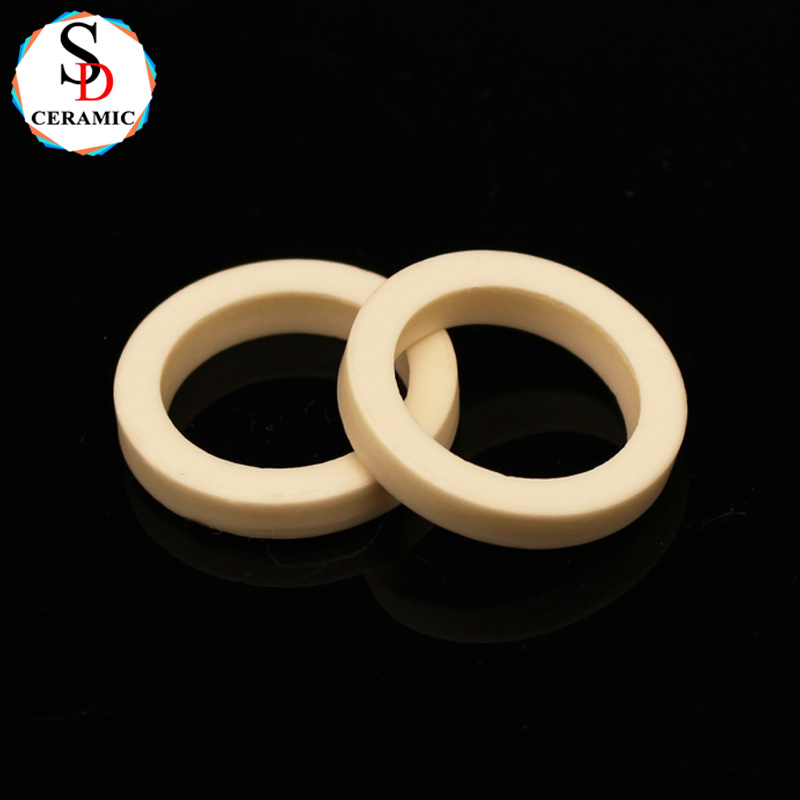
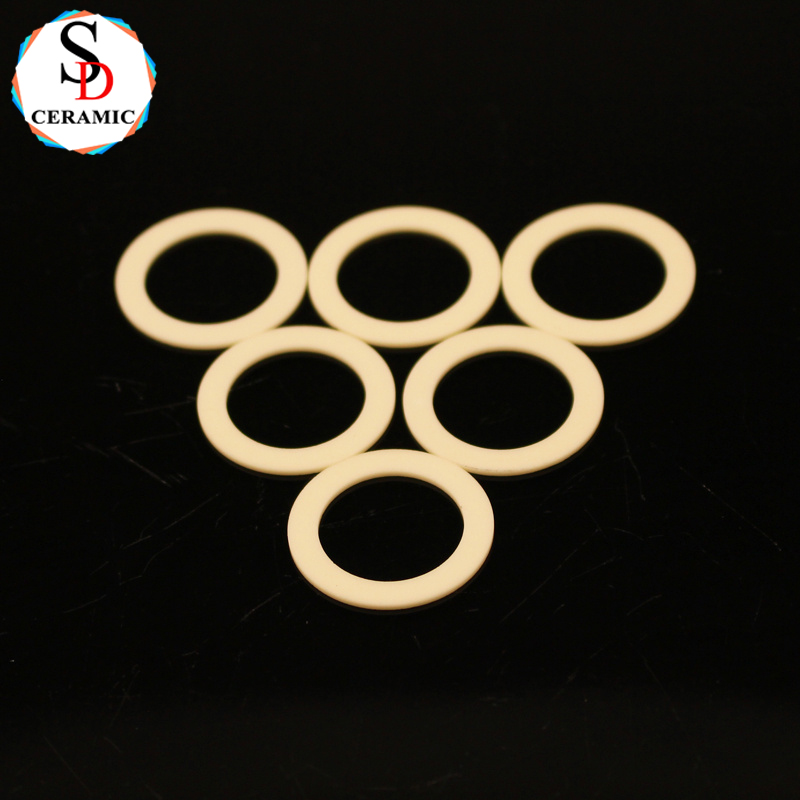
Alumina is a well-known and commonly used precision ceramic material. It has the same sintered crystals as sapphire and ruby. For decades, it was once used in electrical components because of its high electrical insulation. It is widely used in mechanical parts because of its high strength, high corrosion resistance and high wear resistance.
Main Features:
1. High hardness
2. High heat resistance
3. Good wear resistance
4. High electrical resistivity
5. High corrosion resistance
Technical Parameters
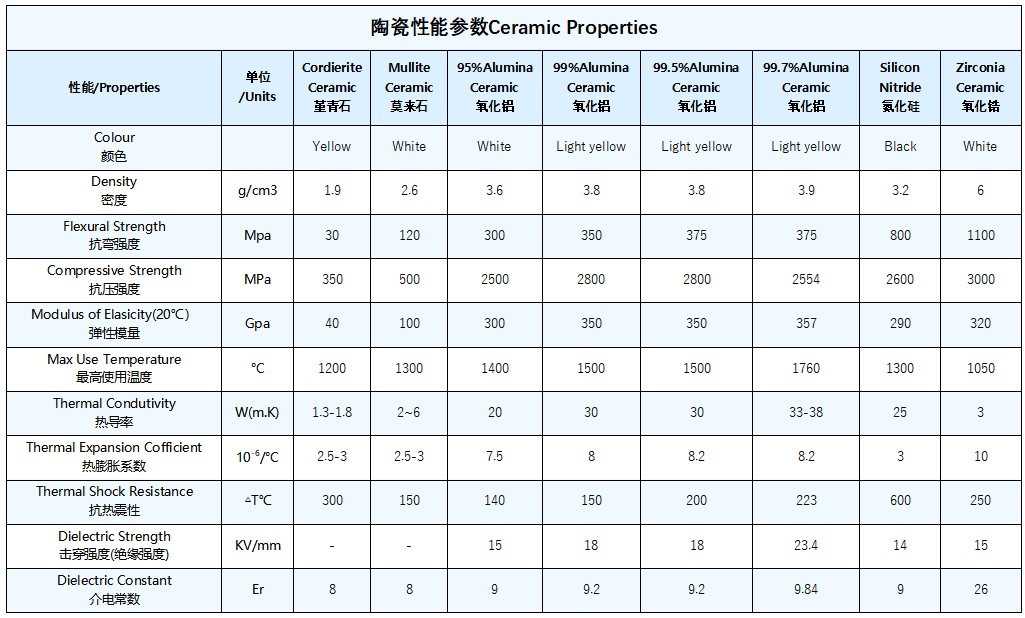
Production process
1. Grind and crush the raw materials to be slurry or powder
2. se-different method to making the slurry or powder into semi-finished products
3. Put the semi-finished products into the kiln for dewaxing and sintering;
4. After forming and sintering, Ceramic Sleeves products can also be processed by subsequent CNC precision machining according to the drawing requirements. Then Q/C test.
5. Finally package Ceramic Sleeves by bubble paper or cartons and place it on tray for delivery
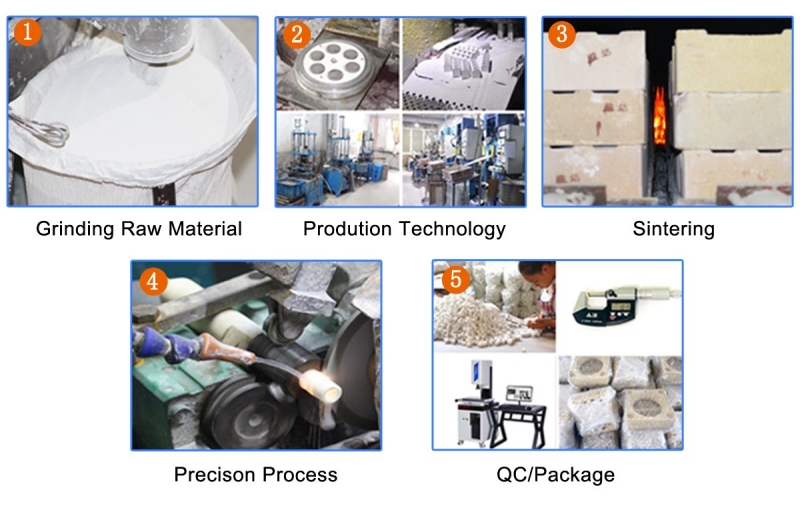
Certifications

Our customers

Packaging and shipping
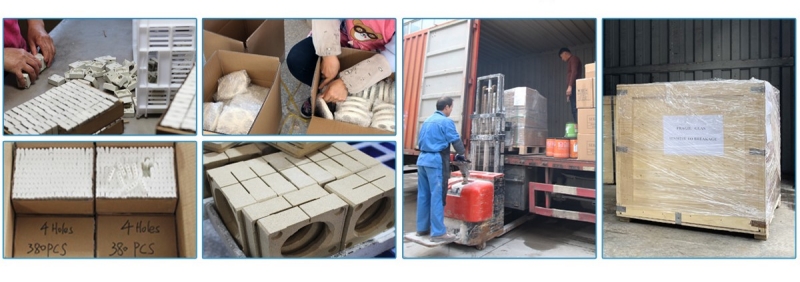
Transport
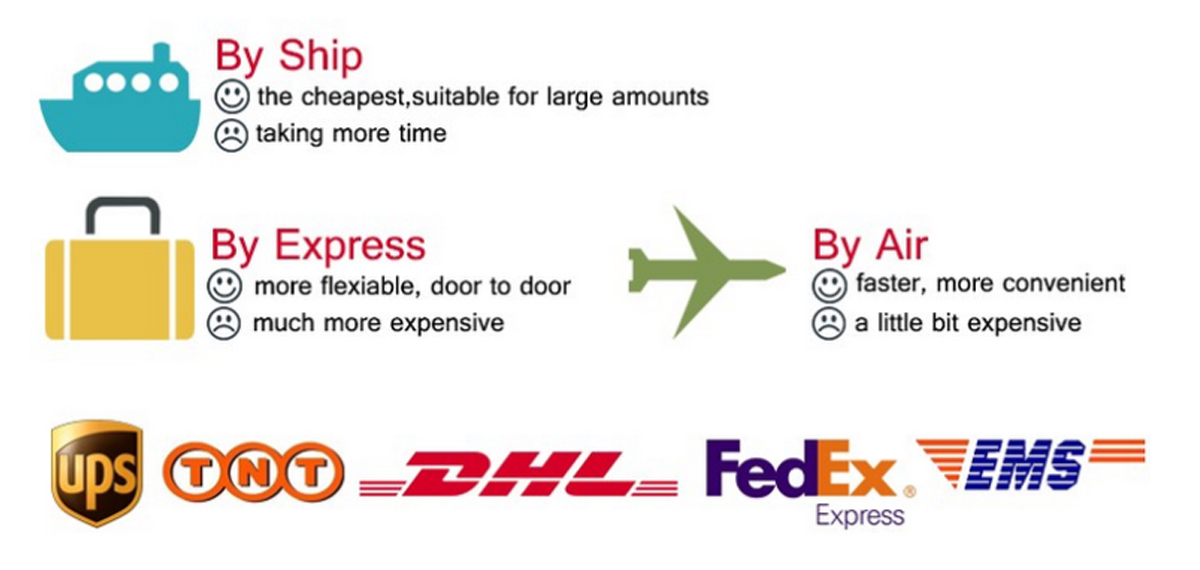
FAQ:
Q: Do you have the products in stock?
A: Some standard produce have in stock, such as ceramic band heater insulator; bobbin heater insulator and ceramic connector. But it needs to check according to your requirement.
Q: How do you pack the goods?
A: Our standard packaging is carton, we can customize it as per your requirement as well.
Q: How many days do you finish the sample?
A: Usually 15 business days (Including 8days for making furnaces and 7days for producing samples)
Request A Quote Today
Whether is a product enquiry or technical help, please send messager here, our team will respond within 8 hours.
Subject : Wearable Alumina Ring Al2O3 Ceramic Ring Ceramic Insulation Ring
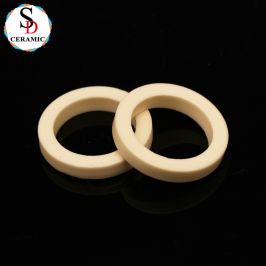
If you have any questions or need help, feel free to contact with our team.
Phone
+86 183 5248 9056
Location
Qianluo Village, Dingshu Town, Yixing City, Jiangsu Province, China
Welcome to subscribe to our email message!


Copyright © Yixing Shengda Refractory Ceramic Co., Ltd. All Rights Reserved | Sitemap | Powered By 